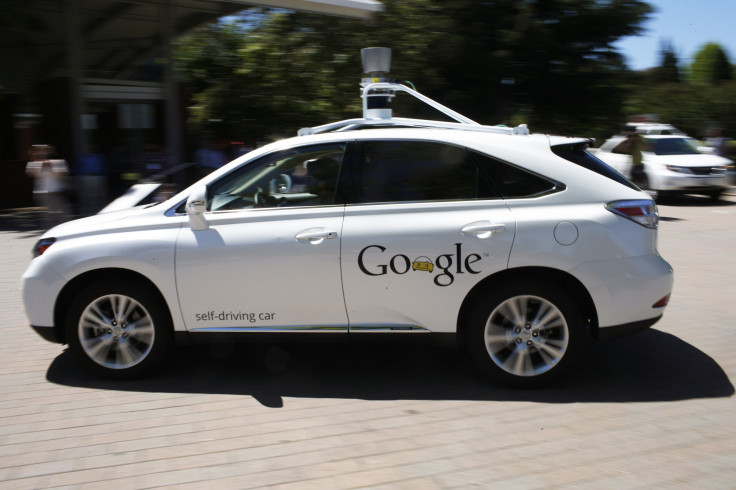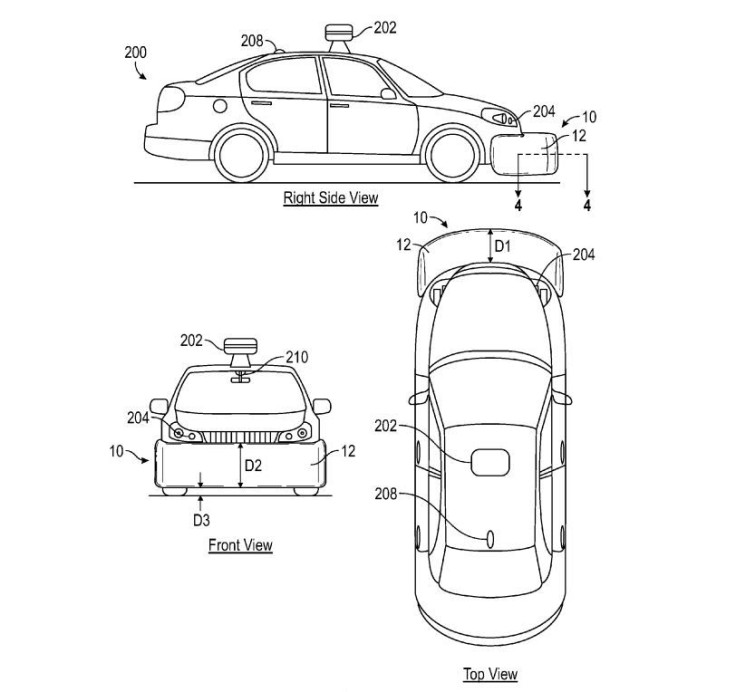Google’s Driverless Car Could Feature Air Bags On The Outside, Patent Filing Suggests

Cars typically have air bags on the inside to protect the driver and the person on the passenger seat from any incident that might knock them around inside the vehicle. But Google has come up with a unique idea, which could have the company’s driverless car feature air bags on the outside to protect nearby pedestrians.
In a patent awarded to Google Tuesday, the company explained a system for external air bags and bumpers, which is designed “for protecting a pedestrian during impact with a vehicle.” According to the patent filing, the air bags will be mounted on the outside of the cars, and will be deployed when the car senses that a collision with an object is imminent.
Here is how the patent explains the system:
A system… having a bumper adapted for attachment to an end of the vehicle, wherein the bumper is comprised of a plurality of air sacs, wherein the bumper has a horizontal thickness extends from the end of the vehicle, wherein at least some of the plurality of air sacs stretch and then burst during impact between the bumper and a pedestrian causing deceleration along the horizontal width of the bumper during the impact, wherein the bumper undergoes plastic deformation during impact with the pedestrian as the at least some of the air sacs burst during impact, and wherein the bursting of some of the plurality of air sacs reduces spring back of the bumper on the pedestrian.
The patent also notes that traditional air bags and car bumpers will not be useful when fitted outside the car as they may cause pedestrians to bounce off and injure themselves. The patent provides a solution for that -- bumpers made out of “visco-elastic material.”

Although Google did not specify what that material could be, a report by Quartz said that the “visco-elastic material” could be “a consistency somewhere between that of an earplug and memory foam.”
Google is not the only company to work on external air bags. Swedish automaker Volvo is also experimenting with the idea of airbags-on-the-outside, Engadget reported. Check out the video here:
Google announced in January that its self-driving car would be ready by 2020, and the California-based firm is in talks with major auto manufacturers as well as tech-based hardware companies as it prepares for mass production.
According to Google, the self-driving car will have a top speed of 25 mph, and will be capable of seeing up to two football fields in clear conditions.
© Copyright IBTimes 2024. All rights reserved.












